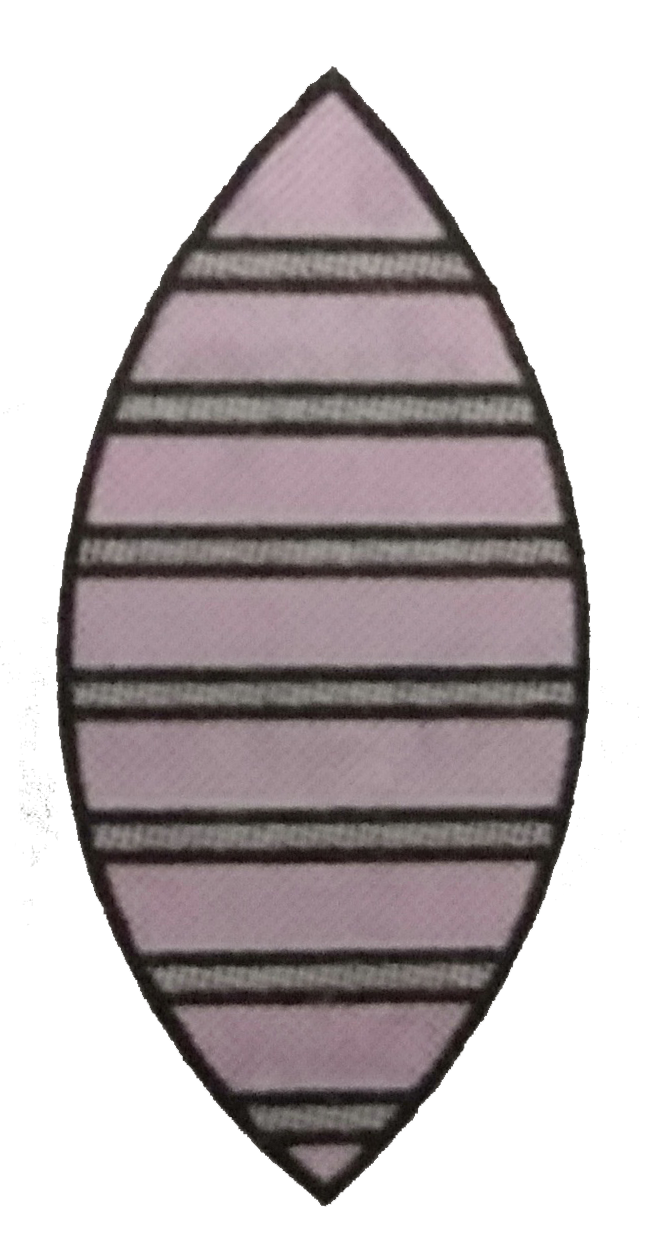The layered lens shown in Figure. , is made of kinds of glasses. How many and what kind of images will be produced by this lens with a point source placed on the optical axis? Neglect the reflection of light at the boundaries between layers.

Two images will be formes, one from each type of material.
Topper's Solved these Questions
- BOOK - CENGAGE PHYSICSCHAPTER - GEOMETRICAL OPTICSEXERCISE - Exercise1.721videos
GEOMETRICAL OPTICS
- BOOK - CENGAGE PHYSICSCHAPTER - GEOMETRICAL OPTICSEXERCISE - Subjective26videos
GEOMETRICAL OPTICS
- BOOK - CENGAGE PHYSICSCHAPTER - GEOMETRICAL OPTICSEXERCISE - Exercise1.522videos
GEOMETRICAL OPTICS
- BOOK - CENGAGE PHYSICSCHAPTER - FRICTIONEXERCISE - QUESTION BANK1videos
FRICTION
- BOOK - CENGAGE PHYSICSCHAPTER - GRAVITATIONEXERCISE - Question Bank39videos
GRAVITATION
Similar Questions
Knowledge Check
- Question 1 - Select One
A convex lens shown in the figure is made up of two types of transparent materials. A point sources of light is placed on its principal axis. If reflections from the boundaries between layers are ignored, the lens wil form
 Aonly one imageBtwo imagesCinfinite imagesDno image at ll
Aonly one imageBtwo imagesCinfinite imagesDno image at ll - Question 2 - Select One

A convex lens is made of 3 layers of glass of 3 different materials as in the figure. A point object is placed on its axis. The number of images of the object areA3B4C1D2 - Question 3 - Select One
A convex lens is made up of three different materials as shown in the figure. For a point object placed on its axis, the number of images formed are
 A1B5C4D3
A1B5C4D3
The layered lens as shown is made of two types of transparent materials-one indicated by horizontal lines and the other by vertical lines. The number of images formed of an object will be
 View Solution
View SolutionA concave mirror of focal length 20cm and a convex lens of focal length 10(~cm) are kept with their optic axis parallel but separated by 0.5mm as shown in the figure.The distance between the lens and the mirror is 10cm. An object of height 3min is placed on the optical axis of the lens at a distance of 15∘cm from the lens. Find the height of the image (in mm ) formed by the mirror after retion from the lens.
'(##CEN_KSR_PHY_JEE_C26_E01_037_Q18##)'View SolutionThree media are arranged in various ways as shown in figures a, b, c and d. Light of wavelengthλ is incident perpendicularly on the boundary of the middle layer and interference between waves reflected at the boundaries of the middle layer is studied. In which of the four cases the reflected light is eliminated by destructive interference when the thickness of middle layer approaches zero.μ1=1.5 andμ2=1.8
 View Solution
View SolutionA point source has been placed as shown in the figure-. What is the length on the screen that will receive reflected light from the mirror ?
 View Solution
View SolutionA lens with a focal length of f=30cm produces on a screen a sharp image of an object that is at a distance of a=40cm from the lens. A plane parallel plate with thickness of d=9cm is placed between the lens and the object perpendicular to the optical axis of the lens. Through what distance should the screen be shifted for the image of the object to remain distinct? The refractive index of the glass of the plate is μ=1.8.
View Solution



